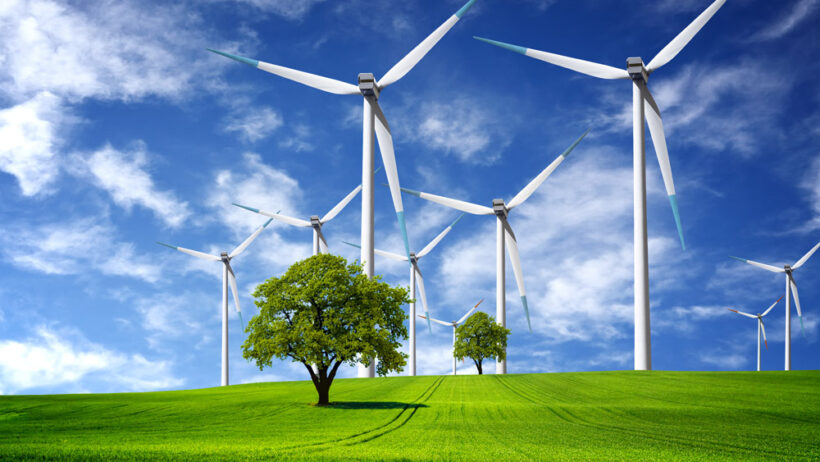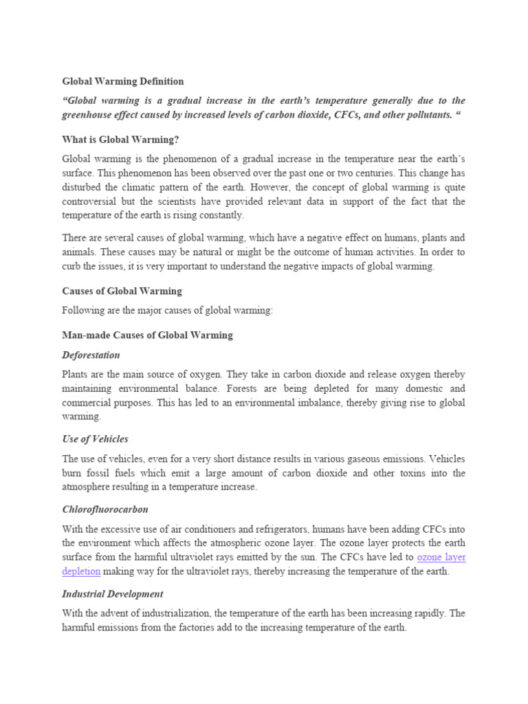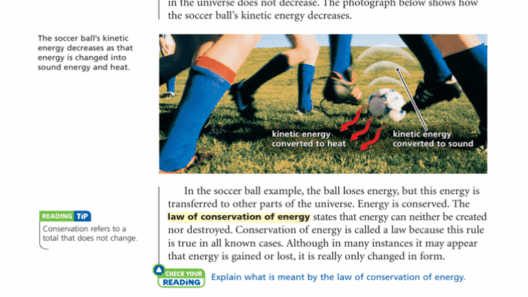How Can Energy Resources Be Conserved? Sustainable Solutions for Managing Energy Resources
The contemporary world is increasingly reliant on energy in its myriad forms, so much so that it can be easy to overlook the finite nature of many of these resources. Can you remember the last time you consciously thought about how much power you’re consuming or how you might reduce that consumption? Energy conservation is not merely a personal choice but rather an essential societal imperative. Recognizing this necessity gives rise to an engaging challenge: How can we innovate and implement sustainable solutions that not only optimize our energy consumption but also foster a more resilient environment for future generations?
In tackling this pivotal question, we must explore various avenues through which energy conservation can be effectively achieved. Through the examination of behavioral shifts, technological advancements, and policy initiatives, we can glean a comprehensive understanding of potential strategies to manage energy resources sustainably.
Understanding the Essence of Energy Conservation
At its core, energy conservation refers to the practice of reducing energy usage through more efficient processes, technologies, and behaviors. It is distinct from energy efficiency, which focuses on using less energy to provide the same service. While both concepts are interconnected, conservation is about conscious choices, proactive measures, and making sustainability second nature.
In our daily lives, energy conservation can be an enlightening exploration of mindfulness. Simple changes—like switching off lights when leaving a room, unplugging devices, or using energy-efficient appliances—illustrate the potency of small actions leading to larger impact. However, it demands a cultural shift where the acknowledgment of energy’s value and scarcity takes root.
Innovative Technologies: The Next Frontier in Energy Conservation
Enter innovation. The realm of technology provides abundant possibilities for enhancing energy conservation methods. As we navigate through the 21st century, the advent of smart technologies stands at the forefront of this movement. The proliferation of smart thermostats, for instance, enables users to regulate their heating and cooling systems more efficiently, adapting usage according to real-time needs.
Moreover, renewable energy technologies, such as solar panels and wind turbines, offer sustainable sources of energy that mitigate fossil fuel dependency. These technologies are increasingly becoming viable alternatives, with communities worldwide harnessing their potential. By investing in such innovations, societies can not only reduce their carbon footprints but also foster local economies through the creation of green jobs.
Another captivating arena of technological advancement is that of energy storage systems. Batteries that can store surplus energy generated from renewable sources allow for energy usage optimization at non-peak times, further enhancing conservation efforts. As these technologies evolve and become more accessible, the allure of a sustainable energy future becomes increasingly tangible.
Behavioral Shifts: The Human Element in Energy Conservation
While innovations play a critical role in energy conservation, the behavioral element cannot be overlooked. Societies often promote a culture of consumption, leading to inadvertent energy wastage. To counter this, fostering a sense of environmental stewardship can significantly influence personal and communal energy practices.
Education serves as a powerful catalyst in altering perceptions about energy usage. Programs that raise awareness in schools, workplaces, and communities can instill a sense of responsibility around energy consumption. Social campaigns that emphasize the impact of collective action will enhance a shared sense of purpose.
Additionally, community-based initiatives, such as energy challenges or competitions, can engage residents while reducing energy use. Gamifying conservation encourages participation, as individuals realize they can contribute to a common goal while also possibly reaping financial benefits through reduced utility bills.
Policy Initiatives: The Framework for Sustainable Energy Management
The integration of effective policy initiatives serves as a critical support structure for energy conservation. Governments worldwide are beginning to recognize the urgency of energy management. By implementing policies that promote renewable energy development, incentivize energy-efficient technology, and encourage public participation, societies are better positioned to embrace sustainable solutions.
Regulatory measures, such as energy efficiency standards for appliances and building codes, create an environment wherein energy-saving practices become the norm. Financial incentives can further propel the adoption of sustainable technologies, making them accessible to a broader demographic.
Transitioning to a sustainable energy future also relies on comprehensive strategies that incorporate diverse stakeholder input. Collaboration among local governments, businesses, non-profits, and citizens creates a unified approach to addressing energy challenges, ensuring a balanced and inclusive dialogue.
The Road Ahead: Embracing the Challenge of Energy Conservation
As we stand on the precipice of an energy-conscious evolution, the challenge becomes more than just reducing our carbon footprint—it’s about rethinking our relationship with energy altogether. Engaging individuals, communities, and policymakers in this dialogue forms an integral part of our shift towards sustainability.
In essence, energy conservation beckons a thoughtful approach that encompasses behavior, technology, and policy. This immense responsibility rests on each of our shoulders, as we transpose individual efforts into collective action to reshape our energy consumption paradigm. The journey towards a sustainable future requires continuous exploration, innovation, and tenacity. With every conscious choice we make today, the vision of a more resilient tomorrow becomes not just a possibility, but a reality.








